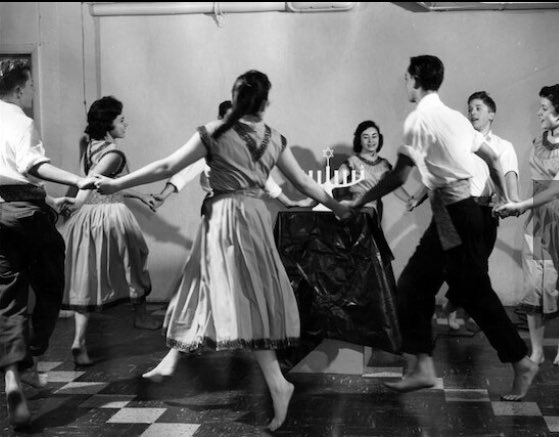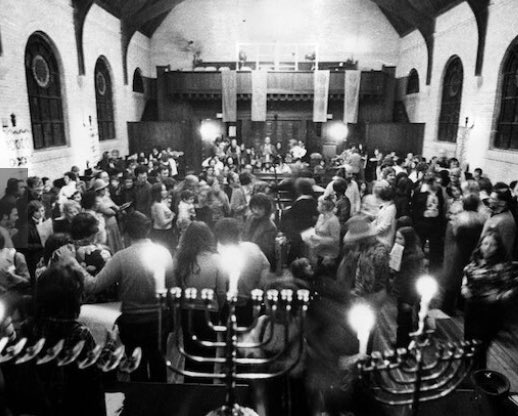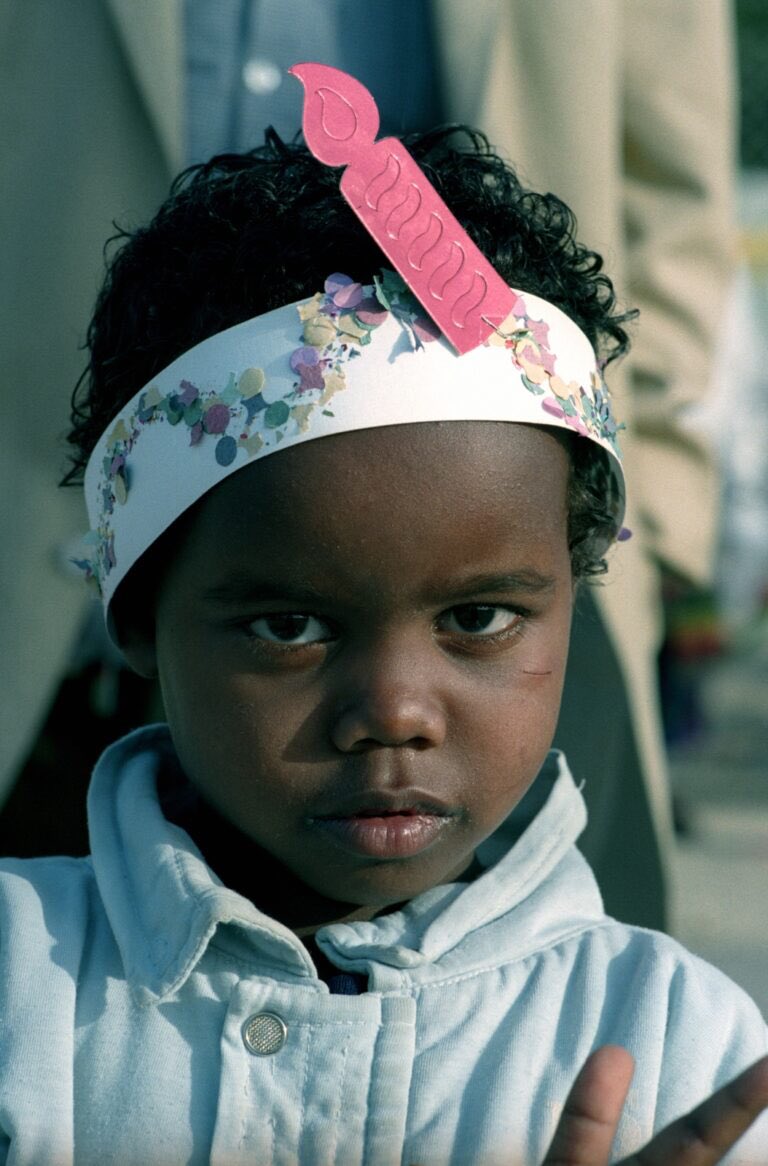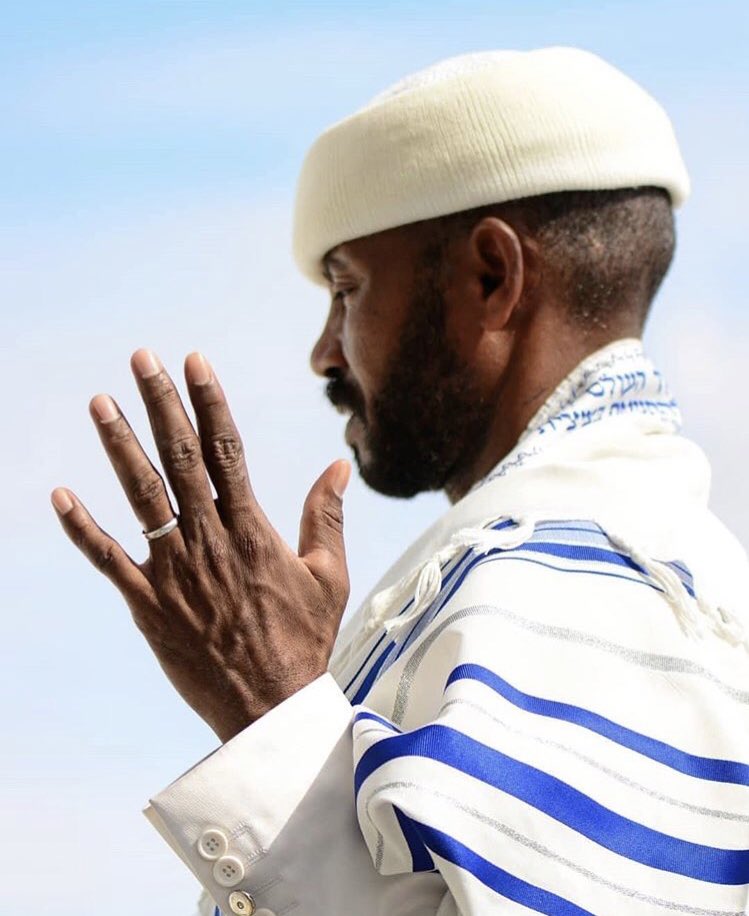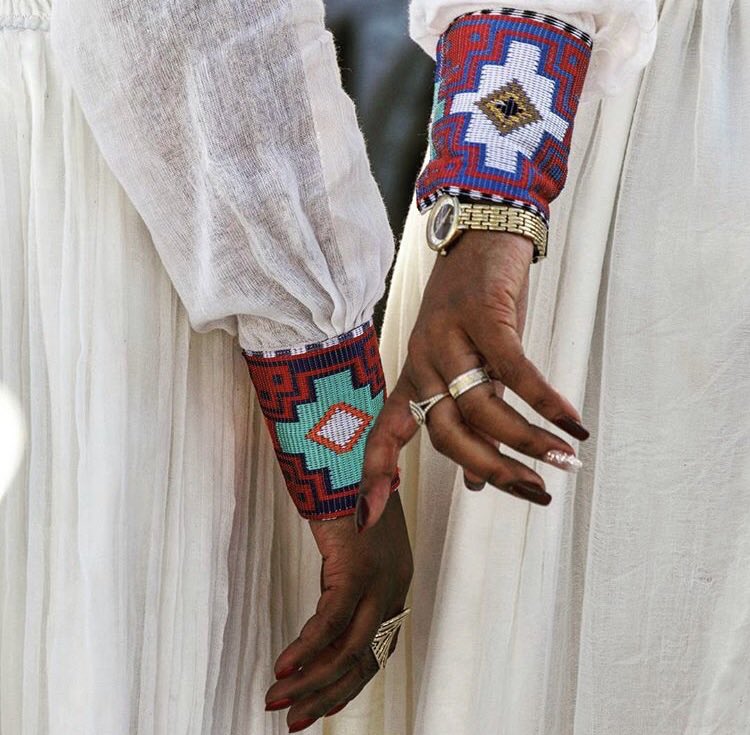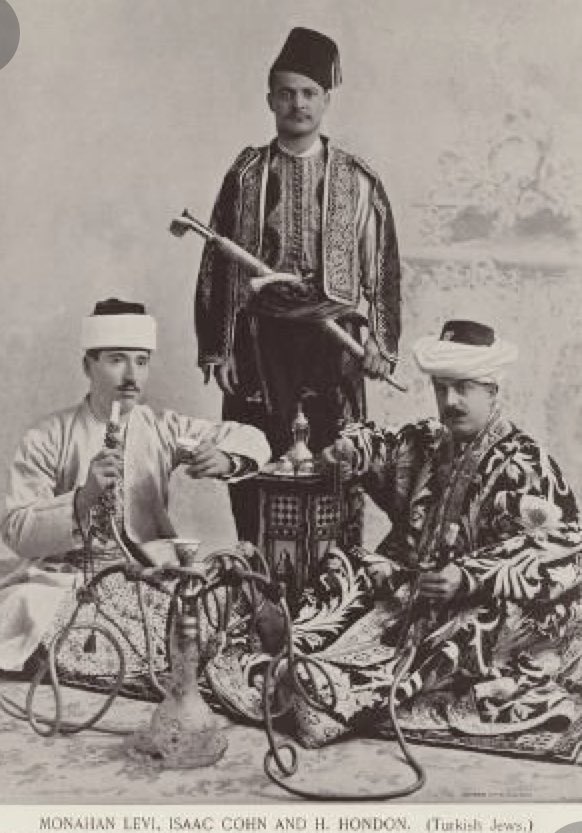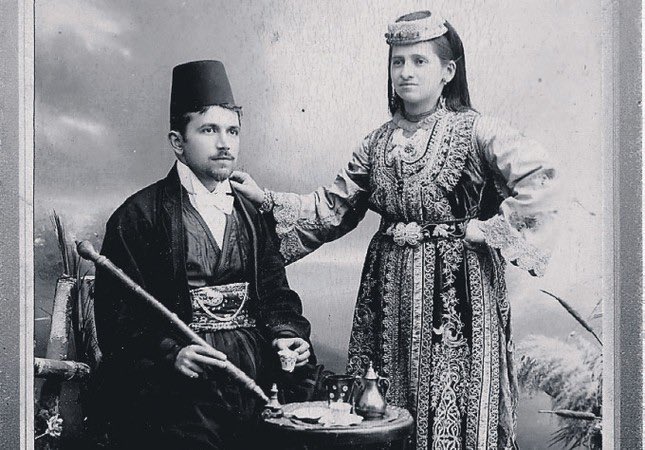
Mawza Exile was the most traumatic event experienced by the Yemenite Jewish community which took the lives of 70% of the Jews (THREAD) 




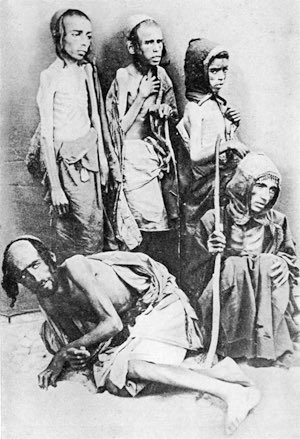
In 1676, Imam Al-Mahdi Ahmad came to power in Yemen. Even at the beginning of his reign he decided to impose harsh religious decrees on the Jewish community and ordered the destruction of synagogues. One decree led to another.
The king initially demanded their conversion to Islam and when they refused, he made them stand out in the sun without apparel for three days, which was later followed by harsher decree which is the exile.
Few members of the Jewish community converted and the rest who refused were forced to leave their homes and cities and wander by foot to Mawza near the Red Sea.
In 1679, the community began to wander in the arid desert of Yemen, which sometimes reached about 50 degrees Celsius.
The Jews suffered form epidemics, starvation and struggled with the sandstorms. All these, led to extremely cases of death.
The Jews suffered form epidemics, starvation and struggled with the sandstorms. All these, led to extremely cases of death.
Tens of thousands of Jews went into exile, only a few thousand Jews managed to arrive Mawza. The property of the Jews was badly damaged, ancient scripts of the community were lost or destroyed.
The Jewish community remained in Mawza for about a year until Yemen's economic situation began to wane. The king's non-Jewish subjects began to complain about their lack of farm implements which had been exclusively made by Jewish craftsmen.
Another reason that the Muslims wanted to bring the Jews back to the country is that the year the Jews were expelled, natural disasters occurred in Yemen. Muslims saw these disasters as "God's wrath" for the injustice done to the Jews.
Although the Jews were allowed to return, they weren’t allowed to return to the cities they had lived in and to their homes. They had to establish their own community in the villages.
They hurried to rebuild the synagogues, beth din and beth midrash.
They hurried to rebuild the synagogues, beth din and beth midrash.
This expulsion also led to a splitting within the community. Prior to the exile, the entire Jewish community in Yemen prayed and observed traditions according to a denomination called "Baladi" -local.
This denomination adheres to an ancient Jewish tradition from the First Temple.
This denomination adheres to an ancient Jewish tradition from the First Temple.
After the exile, a new denomination was formed called "Sham" (Al Sham) an endonym of the Levant region. The Yemenite Jews were influenced by Sephardic Jewish traditions of Syria and Egypt.
In this expulsion, the community tells that several miracles happened. One miracle happened in the arid desert, when they were thirsty, and exhausted from heat one of the rabbis died. And at the place of his death, water sprang from the desert and the dry sand became a spring.
Another miracle occurred on their return from Mawza, they heard a crying baby from a cave nearby. When they entered there, they saw a dead mother while the baby is alive and trying to suckle.
The Jews adopted the baby, fed him, raised him as a Jew and in his adult life he became a rabbi and dayan.
The Yemenite Jewish community wrote piyutim in memory of those who perished in the exile.
The Yemenite Jewish community wrote piyutim in memory of those who perished in the exile.
• • •
Missing some Tweet in this thread? You can try to
force a refresh


